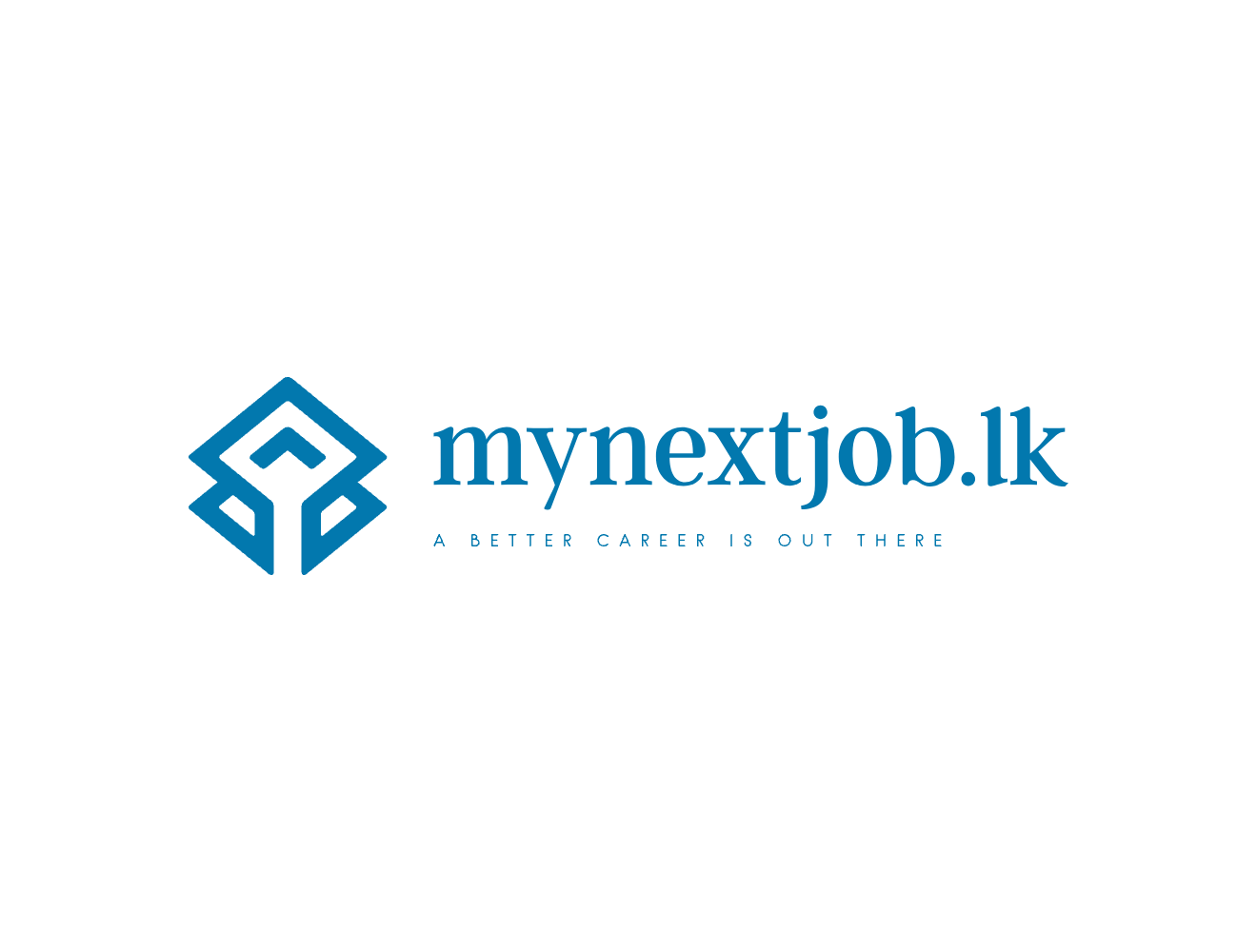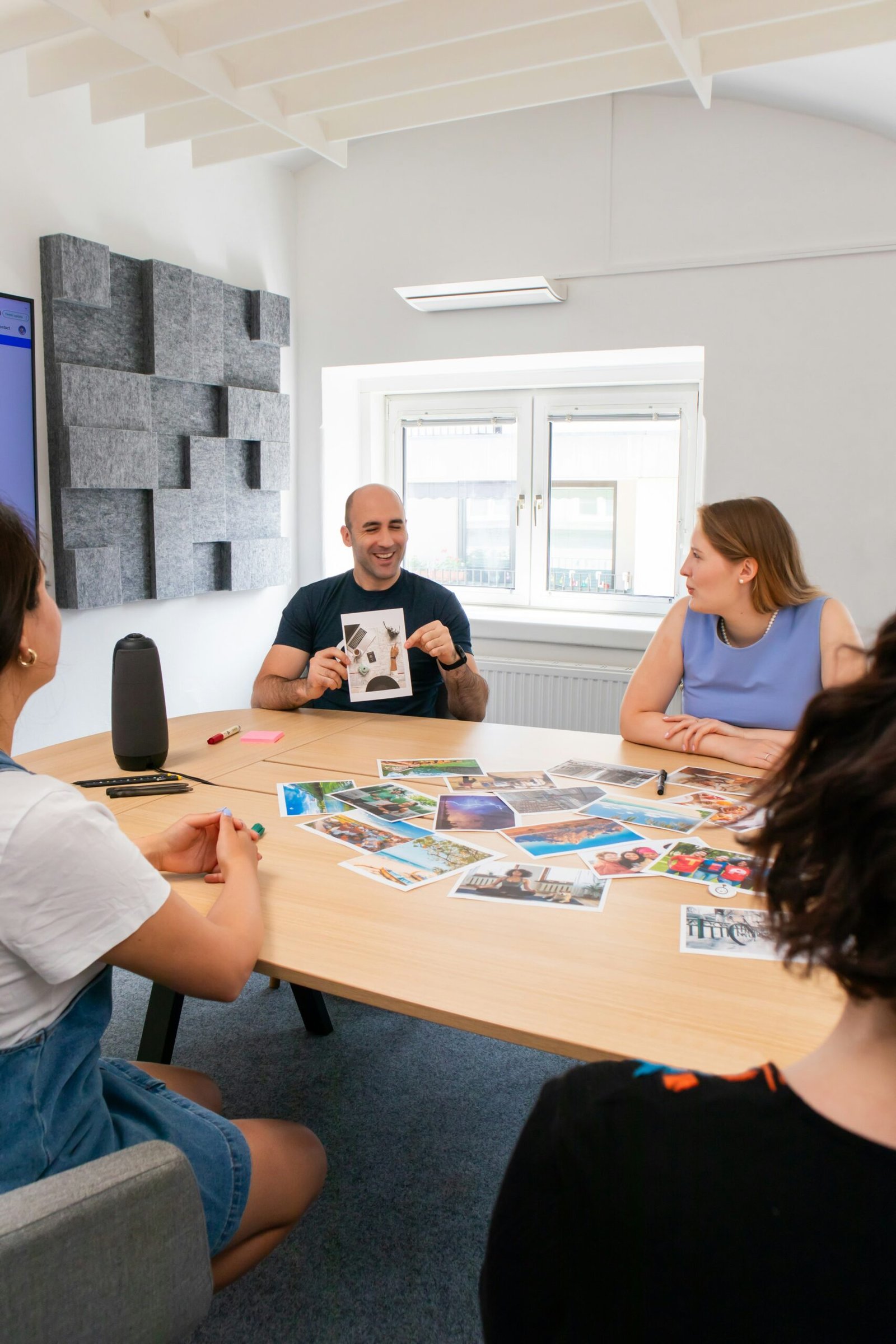Introduction to Gamification in HR
Gamification refers to the incorporation of game design elements into non-game contexts, specifically to engage and motivate individuals. In the realm of Human Resources (HR), gamification is leveraged to enhance employee experiences and streamline various HR processes. As businesses strive for higher levels of employee engagement and productivity, the integration of gamification into HR strategies has become increasingly evident.
One of the primary reasons businesses are embracing gamification is the significant improvement it brings to employee engagement. By infusing daily tasks, performance evaluations, and training modules with game-like elements such as points, leaderboards, and rewards, organizations can make work more enjoyable and compelling. This heightened engagement often translates into better job satisfaction and reduced turnover rates.
Moreover, gamification plays a pivotal role in recruitment processes. Traditional methods of candidate assessment are evolving, as companies incorporate gamified assessments to evaluate a candidate’s abilities in a more interactive and engaging manner. This not only attracts top talent but also ensures a better cultural fit, as candidates are more accurately assessed for skills and behaviors relevant to the organization.
Another area where gamification is making a notable impact is in learning and development programs. By transforming conventional training methods into interactive and competitive experiences, organizations can enhance knowledge retention and skill acquisition among employees. Gamified learning modules often lead to higher participation rates and more effective learning outcomes.
Technology has been the enabler for the adoption of gamification in HR. The advent of various tools and platforms has made it easier for organizations to implement and manage gamified systems. From employee engagement apps to sophisticated learning management systems, technology integrates gaming elements into HR practices seamlessly, making them more efficient and scalable.
In essence, gamification in HR is revolutionizing how businesses engage with their employees, making work environments more dynamic and conducive to continuous improvement. By harnessing the power of gamification, companies can unlock new potentials in their workforce, driving both individual and organizational success.
Applications of Gamification in Recruitment
Gamification is revolutionizing the recruitment process by integrating game mechanics into hiring strategies, thereby making assessments and interviews more engaging. One prominent technique is the use of gamified assessments. These assessments blend interactive elements such as quizzes, puzzles, and problem-solving tasks that provide a more holistic evaluation of a candidate’s capabilities beyond the traditional resume.
Interactive scenario-based interviews represent another innovative application of gamification. In these interviews, candidates are placed in virtual scenarios where they must navigate challenges and make decisions. This method allows recruiters to observe candidates’ problem-solving abilities, critical thinking, and cultural fit in real-time, creating a dynamic evaluation platform.
Recruitment games further augment the hiring process by immersing candidates in playful yet challenging environments. These games, often in the form of simulations or team-based competitions, test a variety of skills such as teamwork, creativity, and adaptability under pressure. Not only do these games provide a vivid depiction of a candidate’s skill set, but they also foster a more enjoyable and memorable candidate experience.
Beyond enhancing evaluation quality, gamification in recruitment projects a company as innovative and forward-thinking. It attracts tech-savvy talent who value cutting-edge recruitment practices. The implementation of gamified recruitment processes has proven successful for numerous organizations. For instance, multinational corporations like Google and PwC have leveraged gamified assessments and scenario-based interviews to identify top-tier candidates efficiently.
PwC’s “Multipoly” is a notable case study, where candidates engage in a strategy-based game designed to assess business acumen and strategic thinking. The success of this initiative has led to significant improvements in both candidate engagement and the identification of high-potential hires. By harnessing the power of gamification, companies not only elevate their hiring process but also significantly improve the overall candidate experience.
Enhancing Employee Engagement and Retention through Gamification
Gamification has emerged as a potent tool in the arsenal of Human Resources (HR) strategies, effectively enhancing employee engagement and reducing turnover rates. By integrating gaming elements into everyday work processes, organizations can create a more enjoyable and motivating work environment. One primary gamified approach to performance management involves the implementation of point systems, leaderboards, and badges.
Point systems allow employees to accumulate points for reaching specific milestones, achieving set goals, or demonstrating desired behaviors. These points can then be exchanged for rewards, fostering a sense of achievement. Similarly, leaderboards introduce a competitive element by publicly showcasing top performers, motivating employees to improve their standings. Badges function as symbolic rewards, recognizing employees for their skills, competencies, or participation in various initiatives. These elements contribute to a culture of healthy competition, which can, in turn, drive collaboration and teamwork as employees strive to achieve collective organizational goals.
Personalized and immersive gamified experiences play a crucial role in keeping employees motivated and committed to the organization. Tailoring challenges and rewards to individual employees’ preferences and career aspirations can create a more engaging experience. For example, incorporating elements like personalized avatars or tailored progression paths can make the gamified systems more relatable and stimulating for employees. Additionally, immersive experiences such as virtual reality (VR) simulations or interactive training modules can provide employees with engaging and impactful learning opportunities, further enhancing their commitment and satisfaction.
Numerous organizations have successfully utilized gamification to bolster employee engagement and retention. For instance, companies like Microsoft and Deloitte have implemented gamified training programs, resulting in higher engagement rates and improved performance metrics. At Microsoft, a gamified learning platform increased employee participation in training exercises, whereas Deloitte’s use of leaderboards in its training programs led to a significant rise in completion rates. These examples highlight the efficacy of gamification in transforming HR practices to create a more dynamic and motivated workforce.
Gamification for Learning and Development
Gamification in the realm of learning and development has emerged as a pivotal strategy for enhancing the effectiveness of training programs. By integrating game-like elements such as quests, challenges, and interactive modules, organizations can make the learning process more engaging and dynamic. These elements not only capture the attention of employees but also cater to various learning styles and preferences, accommodating visual, auditory, and kinesthetic learners alike.
Modern HR departments are increasingly leveraging specialized tools and platforms to create immersive gamified learning experiences. Platforms such as Kahoot!, SAP Litmos, and TalentLMS enable the incorporation of leaderboards, badges, and progress tracking, fostering a competitive yet collaborative environment. These features motivate employees to partake actively in training activities and achieve higher completion rates.
The deployment of gamification in learning and development has yielded measurable outcomes. Studies show that gamified learning can improve knowledge retention, with employees often recalling information better due to the stimulating nature of the content. Additionally, organizations report higher engagement levels and a marked enhancement in overall skill competency among their workforce.
Several organizations have successfully implemented gamified learning with notable results. For instance, Deloitte used its “Deloitte Leadership Academy” to transform traditional training into an interactive experience, leading to a substantial increase in course completions and employee participation. Similarly, IBM’s use of serious games in training programs has fostered better collaboration and problem-solving skills among its employees.
In conclusion, gamification in learning and development stands as a transformative approach, offering a multifaceted solution to traditional training challenges. By adopting gamified elements, companies can drive higher engagement, improve knowledge retention, and enrich the skillset of their workforce, ultimately fostering a culture of continuous learning and development.










